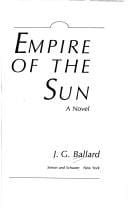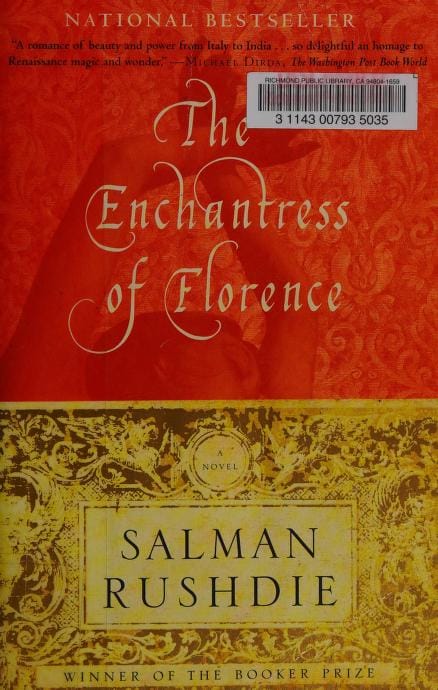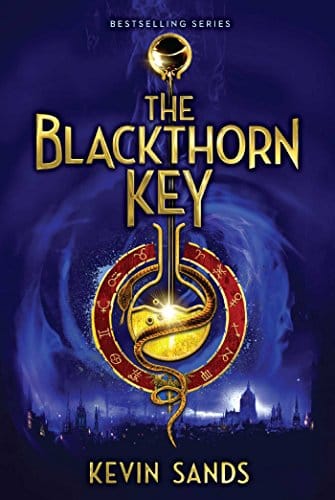Empire of the Sun: From J. G. Ballard’s Pages to Spielberg’s Screen
Explore the origins, plot, film adaptation, and cultural legacy of J. G. Ballard’s Empire of the Sun, the World War II tale that inspired Steven Spielberg.

Introduction
Few modern stories travel as seamlessly from literary acclaim to cinematic spectacle as J. G. Ballard’s Empire of the Sun. First published in 1984, the semi-autobiographical novel captivated readers with its harrowing depiction of a British boy caught in the chaos of World War II–era Shanghai. Only three years later, Steven Spielberg’s lavish film adaptation brought the tale to millions more, cementing its place in pop-culture history. This article explores the origins of Ballard’s narrative, summarizes the plot, examines Spielberg’s creative choices, unpacks recurring themes, and traces the title’s surprising afterlife in music and media. Whether you’re a literature lover, a film buff, or simply curious about wartime sagas, read on for the complete guide to Empire of the Sun.
The Novel’s Origin and Historical Context
J. G. Ballard grew up in Shanghai’s International Settlement, a cosmopolitan enclave that abruptly ended when Japanese forces occupied the city in 1941. Separated from his parents, young Ballard spent years in the Lunghua Civilian Assembly Center, an internment camp that would later serve as the emotional blueprint for his novel. While Ballard became famous for surreal science-fiction works like Crash and The Drowned World, he considered Empire of the Sun his most personal book. The novel blended meticulous historical detail with the author’s vivid childhood memories, offering Western readers a rare, ground-level view of the Pacific theater. Its release coincided with the 40th anniversary of the war’s end, tapping into renewed interest in untold civilian experiences.
Plot Summary: A Boy Named Jim
The story follows eleven-year-old Jim Graham, the privileged son of a British expatriate family in Shanghai. When Pearl Harbor is bombed, chaos erupts, and Jim is accidentally separated from his parents amid panicked evacuations. For months he survives alone by scavenging vacant mansions and war-torn streets. Eventually captured, Jim is herded with other foreigners to the Lunghua camp, where hunger, disease, and desperation become daily companions. Yet Jim’s boundless curiosity—about airplanes, Japanese soldiers, and the very nature of war—sustains him. Even as he endures punishment and loss, he forms unlikely friendships with prisoners and captors alike. The novel reaches its emotional peak with the atomic bombing of Nagasaki, an event Jim witnesses as a distant white flash that he interprets as both salvation and apocalypse. Liberation finally arrives, but Jim’s reunion with his parents cannot erase the psychological scars of confinement and survival.
Steven Spielberg’s Film Adaptation
Hollywood quickly recognized the narrative’s cinematic potential. Producer David Puttnam secured the rights, and by 1987 Steven Spielberg directed the large-scale adaptation for Warner Bros. Casting was crucial: after thousands of auditions, 13-year-old Christian Bale was chosen to portray Jim in a breakout role that showcased precocious emotional depth. Spielberg recruited seasoned actors—including John Malkovich, Miranda Richardson, and Nigel Havers—to anchor the sprawling ensemble. Filmed largely on location in Spain and China, the production rebuilt sections of wartime Shanghai and constructed a full-scale internment camp to convey authenticity. John Williams composed a haunting score that juxtaposed boys’ choir hymns with martial brass, underscoring Jim’s lost innocence. While the movie condenses subplots and softens some graphic realities, it remains faithful to Ballard’s core arc of wonder amid terror. The film earned six Academy Award nominations and, decades later, is still regarded as one of Spielberg’s most underrated masterpieces.
Themes and Symbolism
Empire of the Sun resonates because it filters global conflict through a child’s lens. Jim’s fascination with airplanes symbolizes the double-edged allure of technology—machines that both enchant and annihilate. The sun itself functions as a mutable image: it is the Japanese flag’s red disc, the glare of P-51 Mustang fighters, and ultimately the blinding light of an atomic blast. Identity is another recurring theme; Jim oscillates between colonial privilege and prisoner humility, forcing readers and viewers to question rigid wartime binaries of victor and victim. Additionally, Ballard interrogates the myth of childhood resilience. Jim adapts to extreme conditions with ingenuity, yet every adaptation exacts a psychological toll, challenging romantic notions that youth can simply “bounce back” from trauma.
Cultural Impact and a Pop-Music Namesake
Beyond the bookshelf and silver screen, Empire of the Sun has seeped into diverse corners of culture. The novel remains a standard text in courses on post-colonial literature and trauma studies, while historians cite it for its granular portrayal of civilian internment. Spielberg’s film rebounded in popularity with the rise of streaming platforms, introducing new generations to Bale’s early performance. Intriguingly, the title inspired the Australian synth-pop duo Empire of the Sun, whose 2008 hit “Walking on a Dream” topped charts worldwide. Though the band’s shimmering aesthetic shares little with Ballard’s wartime grit, the name choice reflects the story’s enduring evocative power, suggesting vastness, ambition, and surreal beauty.
Conclusion: Why the Story Still Matters
Nearly four decades after publication, Empire of the Sun endures because it locates hope within horror and curiosity within catastrophe. Ballard’s precise prose and Spielberg’s sweeping visuals converge on a single truth: wars are not only fought by armies but also lived by children whose lives are irrevocably altered. As current events continue to displace civilians worldwide, Jim Graham’s journey feels anything but historical trivia; it is a timeless reminder of human adaptability, moral ambiguity, and the thin line between fascination and fear. Whether encountered on the page, the screen, or in a song title humming through your headphones, Empire of the Sun invites audiences to witness the luminous and terrifying moments that define us.



